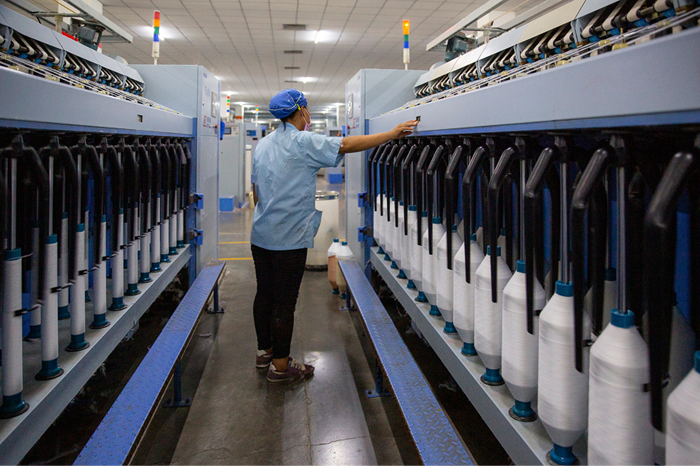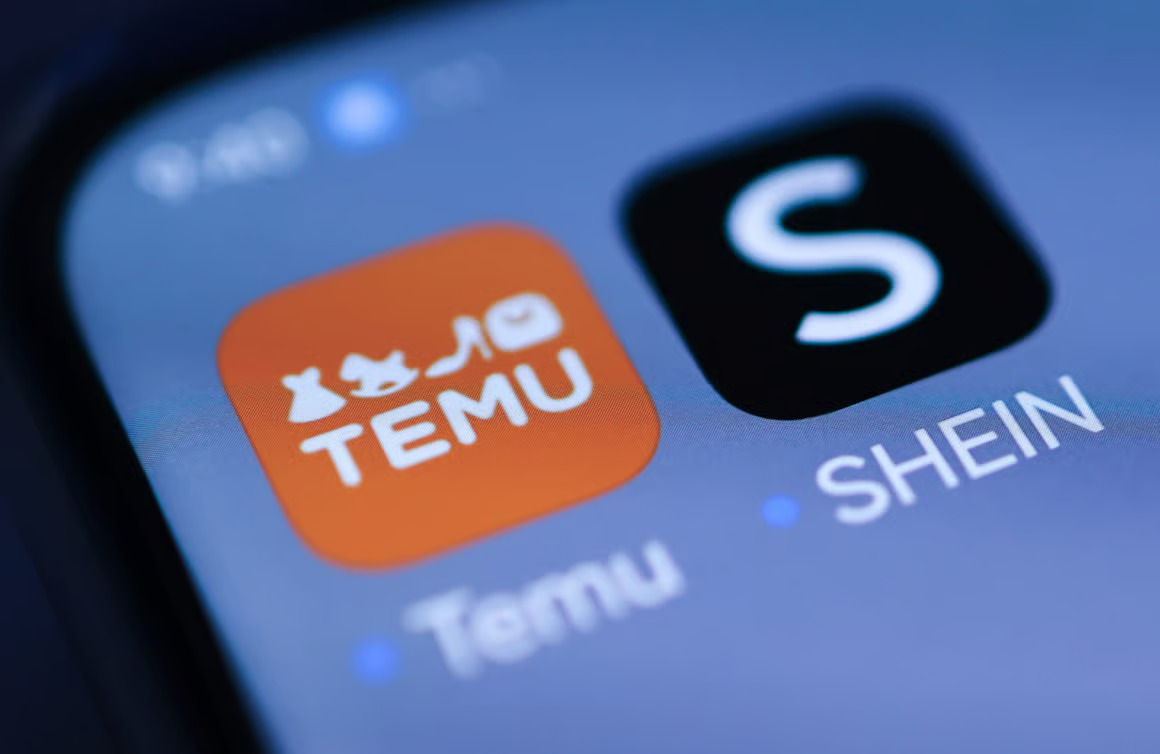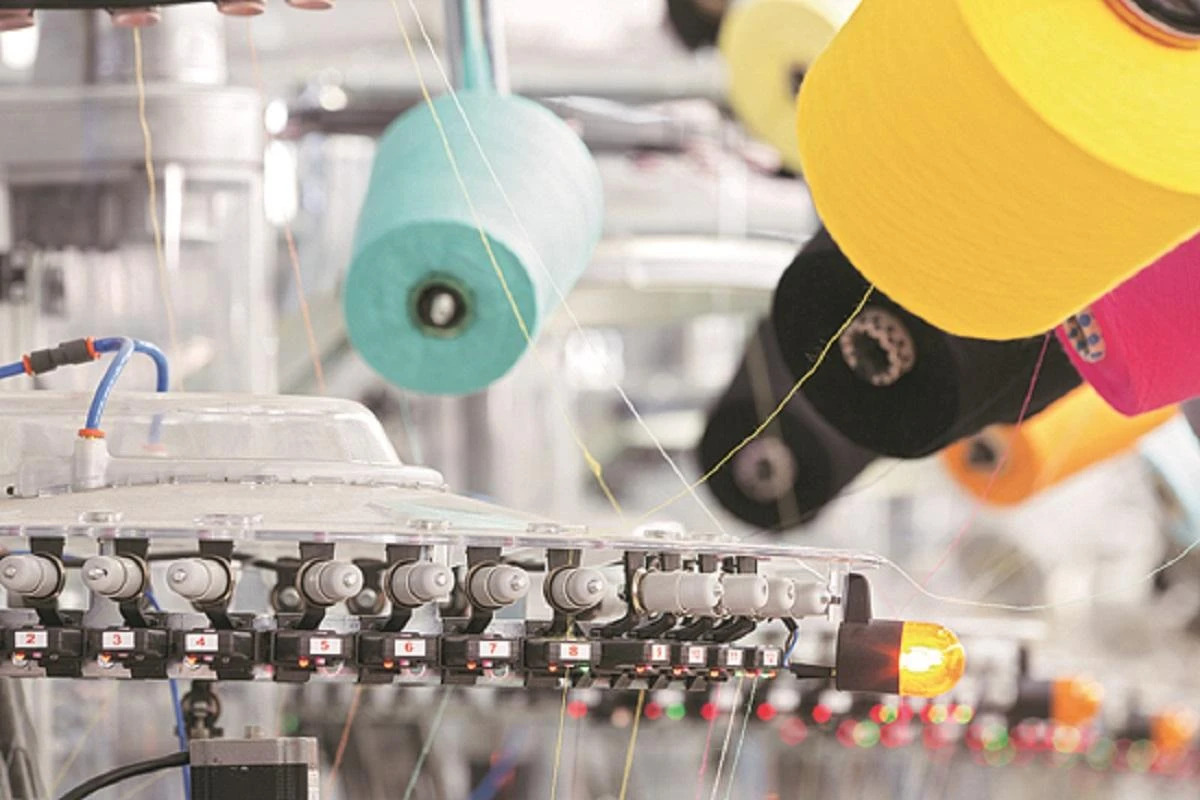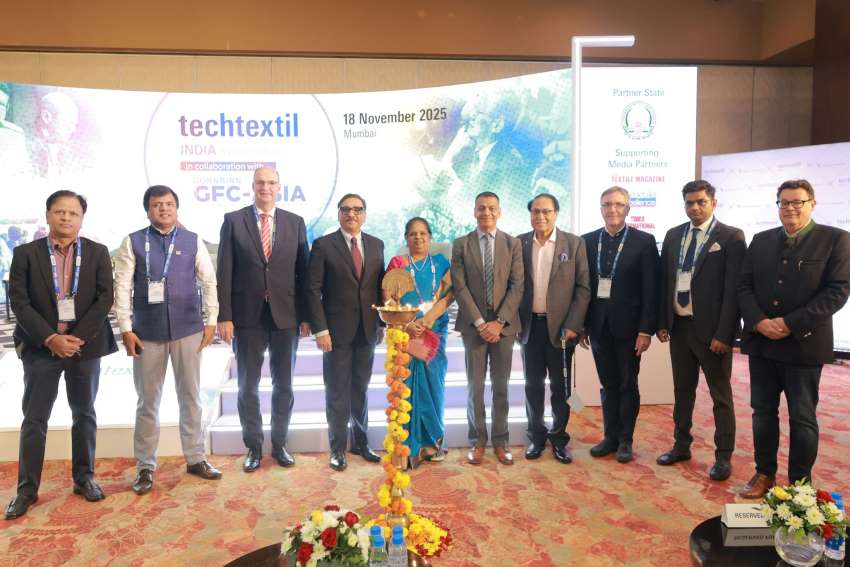"Taiwan, has been one of the rising stars in the global textile market in recent years. As per a 2014 WTO report, Taiwan was the seventh textiles exporting country and 31st clothing exporting country. It has also become a major global provider for functional and eco textiles in recent years. The history of Taiwan’s textile industry dates back to the 1950s when cotton was imported as raw material for yarn spinning. Six decades down the line the textile sector in Taiwan is now equipped with fully integrated product chain, from fiber, yarn, fabrics, dyeing and finished apparel and accessories."
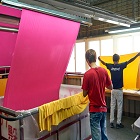
Taiwan, has been one of the rising stars in the global textile market in recent years. As per a 2014 WTO report, Taiwan was the seventh textiles exporting country and 31st clothing exporting country. It has also become a major global provider for functional and eco textiles in recent years. The history of Taiwan’s textile industry dates back to the 1950s when cotton was imported as raw material for yarn spinning. Six decades down the line the textile sector in Taiwan is now equipped with fully integrated product chain, from fiber, yarn, fabrics, dyeing and finished apparel and accessories. It has also evolved along with the global market dynamics. While technology has enabled low cost and innovative products, the sector now possesses the most complete product and value chain making Taiwan one of the leading functional textile suppliers in the world market.
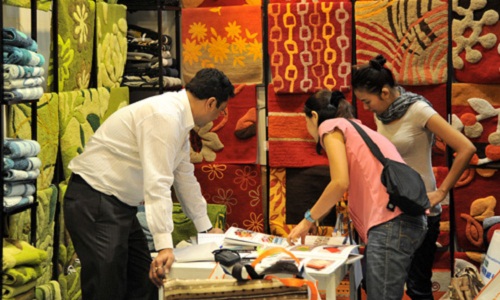
As per government statistics, in 2015, Taiwan had more than 4,300 textile manufacturers employing over 140,000 people. Their total production reached NT$409.3 billion in value, of which the textile and clothing segment accounted for 95 per cent and 5 per cent respectively. However, in recent time textile industry’s production value, number of manufacturers and employment has declined.
More than 78 per cent of the total textile production in the last 10 years went for export. In 2015, Taiwan’s textile exports and imports reached $10.8 billion and $3.46 billion respectively. The country’s textile exports touched $10.8 billion in 2015. The largest item was fabrics with an export value of $7.32 billion, making up 68 per cent of all textile exports. Textile exports to the ASEAN countries and mainland China (including Hong Kong), the two major foreign markets in 2015, stood at $3.92 billion and $2.9 billion respectively. Together they accounted for 63 per cent market share of Taiwan’s textile exports.
New strategic to face competition
Taiwan’s textile imports reached $3.46 billion in 2015, of which readymade apparels and accessories contributed the significant part at $1.81 billion, accounting for 52 per cent. The largest textile supplier was mainland China, representing 44 per cent of the total imports valued at $1.5 billion. Nearly 60 per cent products from mainland China was apparel and accessories. Other major import sources in 2015 included Vietnam (apparel and accessories), the US (cotton), Japan (fabrics), and Indonesia (apparel and accessories).
The country adopted key strategic measures to compete with global competition and adverse business environment. The textile sector plans to focus on product differentiation to stand out in the international and domestic market. There has been a major increase of value for ‘Made-in-Taiwan’ textiles. In its effort it will continue to develop high value-added materials and products by focusing on R&D and advanced technology. The sector will also focus on product and market segmentation to get rid of competition from low-cost and mass- production rivals.
To cope with international competition the sector is set to combine design with aesthetic styling and cultural creativity. Encouraged and supported by the Government policy, the industry is actively integrating creativity, innovation and cultural heritage into design to create unique and refined products. Crossover collaboration is also a new direction to augment market coverage.
R&D drives production, focus on sustainability, functionality
In a major boost to the industry Taiwan government drafted a visionary policy to develop Taiwan into a R&D and production base for functional and technical textiles as well as a fashion design center in the Asia-Pacific region. Also functionality and sustainability being the major buzzwords, these have become the two mainstreams in Taiwan’s textile development. Functionality appeals for wearing comfort, ergonomics, safety and healthcare, while sustainability emphasizes low energy consumption, low pollution and recyclability. In addition to the ever-important fashion element, the industry is now striving hard towards incorporating function and eco-friendliness in order to meet the market demand.
The sector also realizes the significance of branding to communicate its unique positioning. Equipped with solid and sophisticated expertise in production and supply chain services, Taiwanese textile enterprises are expanding their product range from upstream to downstream and stepping into both online and brick-and-mortar markets with own brand.



